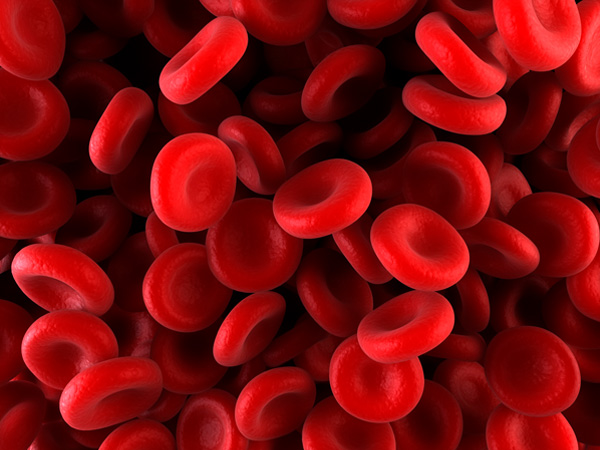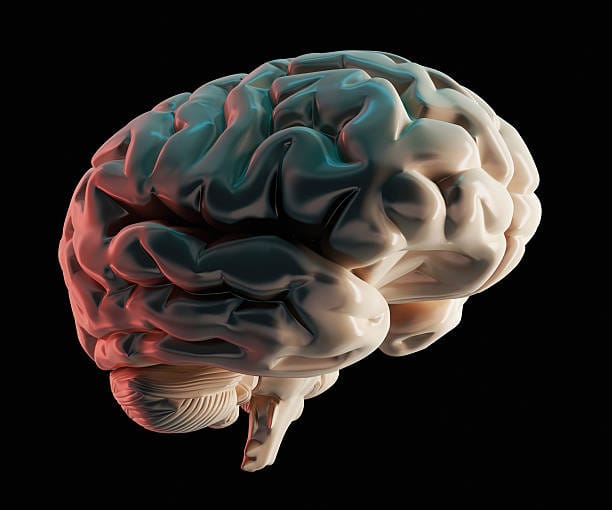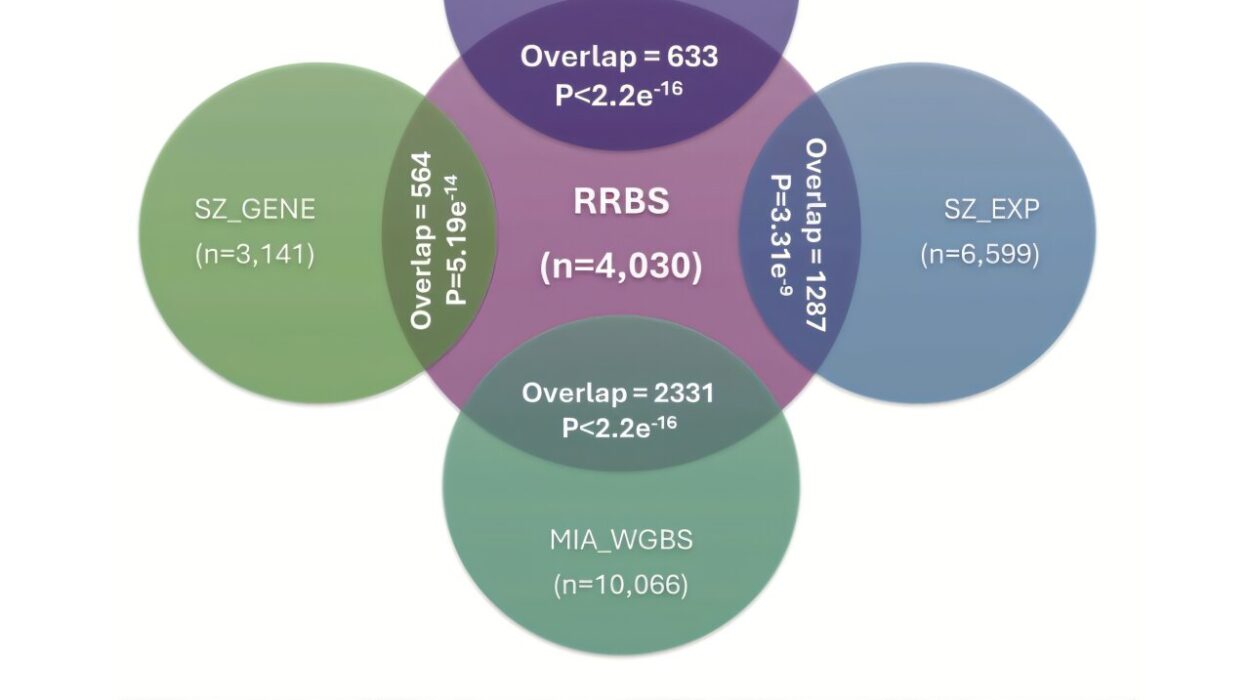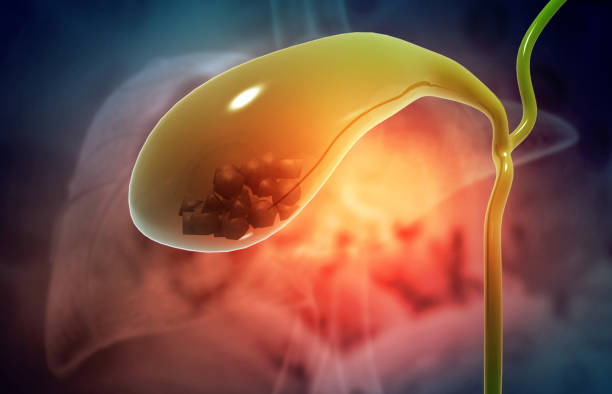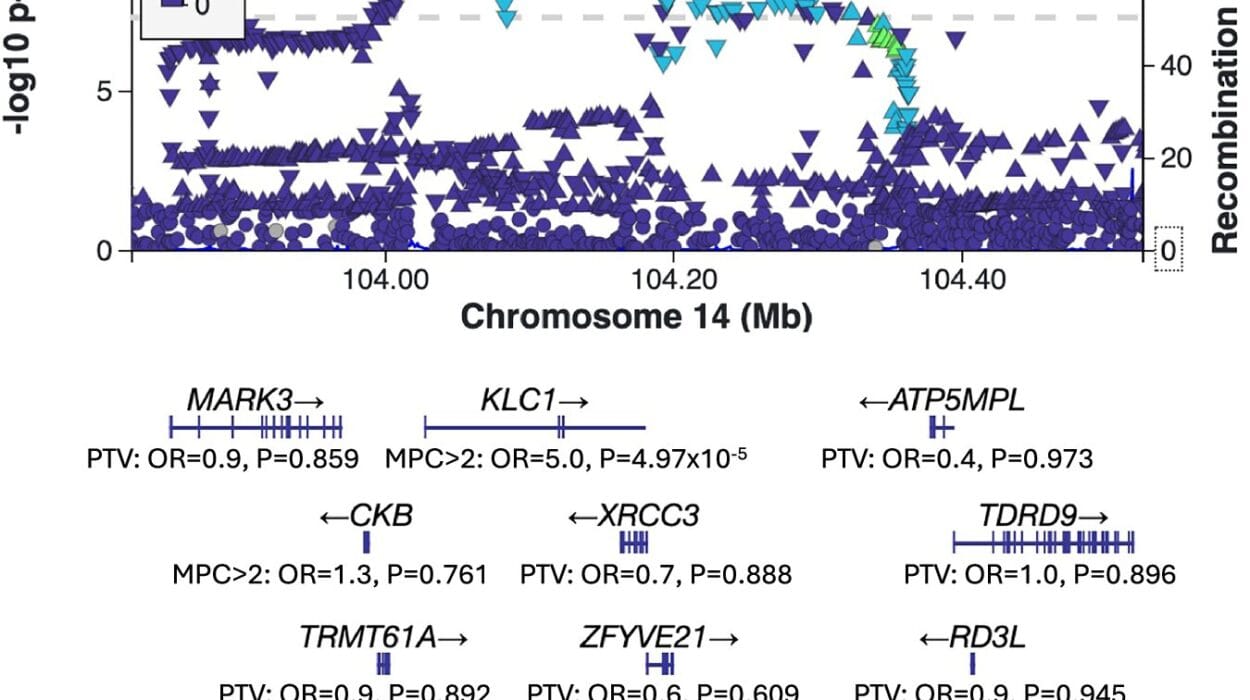We all have moments when we just know something without being able to explain why. That subtle nudge, the fleeting sense that something is right—or wrong—often arises before our conscious mind fully grasps the situation. We call this feeling intuition, or “gut feeling,” and it has fascinated philosophers, psychologists, and scientists alike for centuries. It seems like a mysterious inner compass, guiding decisions with uncanny accuracy, yet resisting logical explanation.
In modern times, neuroscience has begun to unravel the biological and cognitive processes behind intuition, revealing it not as some mystical force but as a deeply rooted, sophisticated function of the brain and body. Understanding the neuroscience of intuition not only demystifies this phenomenon but also empowers us to better trust and harness it in everyday life.
This article embarks on a journey into the science of intuition, exploring how our brains and bodies work together to generate gut feelings, the neural circuits involved, and why intuition is both a survival tool and a source of creativity. We will explore the complex dance between unconscious processing and conscious awareness, how intuition interacts with emotion and memory, and the limits and potentials of trusting our inner voice.
Defining Intuition: Beyond Mysticism and Reason
Before diving into the neuroscience, it is important to clarify what intuition means. Intuition is often misunderstood as purely irrational or mystical, contrasted sharply against reason and logic. However, scientific research portrays intuition as a form of rapid, unconscious information processing. It is the brain’s ability to integrate vast amounts of past experience and sensory input to generate quick judgments without deliberate reasoning.
Intuition is not infallible. It can be biased or mistaken. But it can also lead to remarkably accurate insights—sometimes more so than careful analysis—especially in complex or time-sensitive situations. It operates beneath the surface of conscious thought, using subtle cues and learned patterns to produce a sense of certainty or hesitation.
This nuanced understanding moves intuition away from mere superstition or guesswork. It positions intuition as an adaptive cognitive skill, born of evolution and embedded in the architecture of the brain and body.
The Evolutionary Roots of Intuition
To understand the neuroscience of intuition, we must first consider its evolutionary origins. Intuition likely evolved as a survival mechanism—an ability to make split-second decisions in situations where analytical thought was too slow. Early humans faced constant threats from predators and environmental dangers. Quick, instinctive responses often meant the difference between life and death.
This survival imperative shaped brain structures to favor rapid pattern recognition and decision-making under uncertainty. Intuition relies heavily on the brain’s capacity to detect regularities from past experience and generalize them to new contexts, all occurring below conscious awareness.
In evolutionary terms, intuition is an efficient shortcut—a way for the brain to leverage accumulated knowledge without expending time and energy on detailed analysis. It is the legacy of millions of years of adaptation, encoded in neural circuits specialized for fast, automatic processing.
The Brain’s Architecture for Intuition
The experience of intuition arises from complex interactions across multiple brain regions. Modern neuroscience, using advanced imaging techniques such as functional MRI (fMRI) and electroencephalography (EEG), has identified key neural substrates involved in intuitive processing.
The Role of the Prefrontal Cortex
The prefrontal cortex, particularly the ventromedial prefrontal cortex (vmPFC), plays a crucial role in integrating emotional and cognitive information. It helps evaluate the relevance and significance of sensory input and internal signals, generating the feeling of “knowing” that underpins intuition.
This brain region connects extensively with limbic structures—such as the amygdala and hippocampus—that process emotion and memory. The vmPFC acts as a hub where memories, emotions, and sensory data converge to influence decision-making, often before conscious awareness kicks in.
The Amygdala and Emotional Significance
The amygdala, long known as the brain’s emotional sentinel, is deeply involved in processing the emotional salience of stimuli. Intuition is often emotionally charged, manifesting as a gut feeling precisely because the amygdala has tagged certain inputs as important or threatening.
This emotional tagging allows rapid prioritization of information, so the brain can react quickly even if the details are unclear. The amygdala’s quick assessment of danger or reward helps shape intuitive responses, sometimes bypassing slower, rational pathways.
The Insula and Interoception
A fascinating area implicated in intuition is the insular cortex, or insula. This region is central to interoception—the brain’s awareness of internal bodily states, including heartbeat, gut sensations, and other visceral signals.
The insula integrates these bodily inputs with emotional and cognitive processes, creating the embodied sense that we call a “gut feeling.” This neural integration grounds intuition in the body, not just abstract cognition. It explains why we often experience intuition physically—in the stomach, chest, or skin—as a visceral sensation.
Basal Ganglia and Pattern Recognition
The basal ganglia, a group of subcortical nuclei, also contribute to intuitive decision-making. Known primarily for their role in movement and habit formation, they help recognize and automate complex patterns based on prior learning.
This system allows the brain to match current sensory inputs with stored experiences rapidly, facilitating quick judgments without conscious deliberation. For example, expert chess players rely on basal ganglia circuits to intuitively recognize board patterns and anticipate moves.
The Unconscious Mind: Processing Beneath Awareness
Intuition depends heavily on unconscious cognition—the brain’s remarkable ability to process information outside of conscious awareness. Although we often think of decision-making as a conscious, rational activity, much of our mental processing happens beneath the surface.
Research shows that the brain continuously sifts through sensory data, memories, and emotions, generating predictions and hypotheses without us realizing. This unconscious processing allows for rapid responses and a sense of intuition to emerge before we can explain our reasoning.
Experiments demonstrate that people can make accurate intuitive judgments even when consciously guessing or lacking full information. The brain’s unconscious system uses heuristics, pattern matching, and emotional evaluation to generate these gut feelings.
Memory and Experience: The Bedrock of Intuition
Intuition is not random guessing; it is grounded in the brain’s vast repository of prior experience and knowledge. Implicit memory—memories we cannot consciously recall but influence our behavior—is a crucial foundation.
For instance, a seasoned firefighter may intuitively sense when a fire is about to behave dangerously, not because of a conscious calculation, but because the brain has recognized subtle cues from past incidents stored in implicit memory.
Similarly, intuition develops through practice and expertise. The more exposure one has to a particular domain, the richer the mental database for rapid pattern recognition. This explains why expert doctors, musicians, and athletes often trust their intuition more confidently than novices.
Emotion and Intuition: Partners in Decision-Making
Emotion is integral to intuition, not its enemy. Neuroscientist Antonio Damasio famously described patients with damage to emotional brain areas who became unable to make decisions despite intact intellectual abilities. Without emotion, their reasoning became paralyzed.
Intuition emerges when emotional and cognitive processes intertwine, guiding choices that feel “right.” Emotions provide a value-based filter, signaling what matters most in a given context. This emotional weighting accelerates decisions and helps prioritize options in uncertain environments.
Moreover, emotions connect intuition to motivation and memory, creating a feedback loop that refines intuitive judgments over time.
The Gut-Brain Axis: Physiology of the “Gut Feeling”
The phrase “gut feeling” is not metaphorical; it reflects a real physiological pathway linking the brain and the digestive system. The gut-brain axis is a bidirectional communication network involving the central nervous system, the enteric nervous system (sometimes called the “second brain”), and hormonal and immune signaling.
The vagus nerve is a major highway in this network, transmitting information from the gut to the brain. This pathway allows gut microbes, inflammation, and digestive processes to influence mood, cognition, and decision-making.
Emerging research suggests that the gut microbiome may even modulate intuitive behavior by affecting neurotransmitter systems and brain function. Although still a frontier of science, the gut-brain axis offers a biological basis for why we physically feel intuition in our digestive system.
Intuition in Action: Examples from Everyday Life
Intuition permeates daily life in countless ways. From quickly avoiding a dangerous driver to sensing dishonesty in a conversation, our brains continuously draw on unconscious processing to keep us safe and socially adept.
In creative fields, intuition fuels innovation. Artists, writers, and scientists often describe moments of sudden insight that emerge not from step-by-step logic but from a leap of unconscious synthesis.
In decision-making, intuition helps balance speed and accuracy, especially when time or information is limited. While analytical thinking is essential for complex problems, intuition provides a complementary approach for ambiguous or novel situations.
Limits and Biases of Intuition
Despite its power, intuition is not infallible. It can be clouded by cognitive biases, emotional distortions, and incomplete information. For example, the availability heuristic can cause intuition to overestimate the likelihood of dramatic but rare events.
Intuition is also vulnerable to social and cultural conditioning, which shapes what patterns we recognize and how we interpret feelings. Being aware of these limitations helps us calibrate when to trust intuition and when to supplement it with deliberate reasoning.
Training and Enhancing Intuition
Can intuition be improved? The answer is yes, through deliberate practice and mindfulness.
Experts in various fields develop sharper intuition by exposing themselves to diverse experiences, reflecting on outcomes, and learning from mistakes. Mindfulness practices enhance awareness of bodily sensations and emotional states, helping people better recognize and interpret gut feelings.
Intuition also thrives in environments that encourage curiosity, openness, and emotional attunement. Cultivating these qualities nurtures the brain’s capacity for subtle pattern detection.
The Future of Intuition Research
Neuroscience continues to push the boundaries of understanding intuition. Advances in neuroimaging, brain stimulation, and computational modeling promise to uncover new insights about how intuitive processes unfold in the brain.
Artificial intelligence research also draws inspiration from intuition, aiming to replicate rapid pattern recognition and decision-making without explicit programming.
As science progresses, integrating neuroscience with psychology, physiology, and even philosophy will deepen our appreciation of intuition as a bridge between mind and body, conscious and unconscious.
Conclusion: Embracing the Wisdom Within
Intuition is a profound expression of the brain’s complexity and adaptability. It arises from the interplay of neural circuits, emotional signals, bodily sensations, and accumulated experience. Far from being mere superstition or guesswork, intuition represents an embodied intelligence—an inner guide shaped by evolution and refined by learning.
By listening attentively to our gut feelings and understanding their biological roots, we can navigate life’s uncertainties with greater confidence and insight. In doing so, we honor a deeply human capacity to know beyond words, to perceive the world through the subtle whispers of mind and body intertwined.


